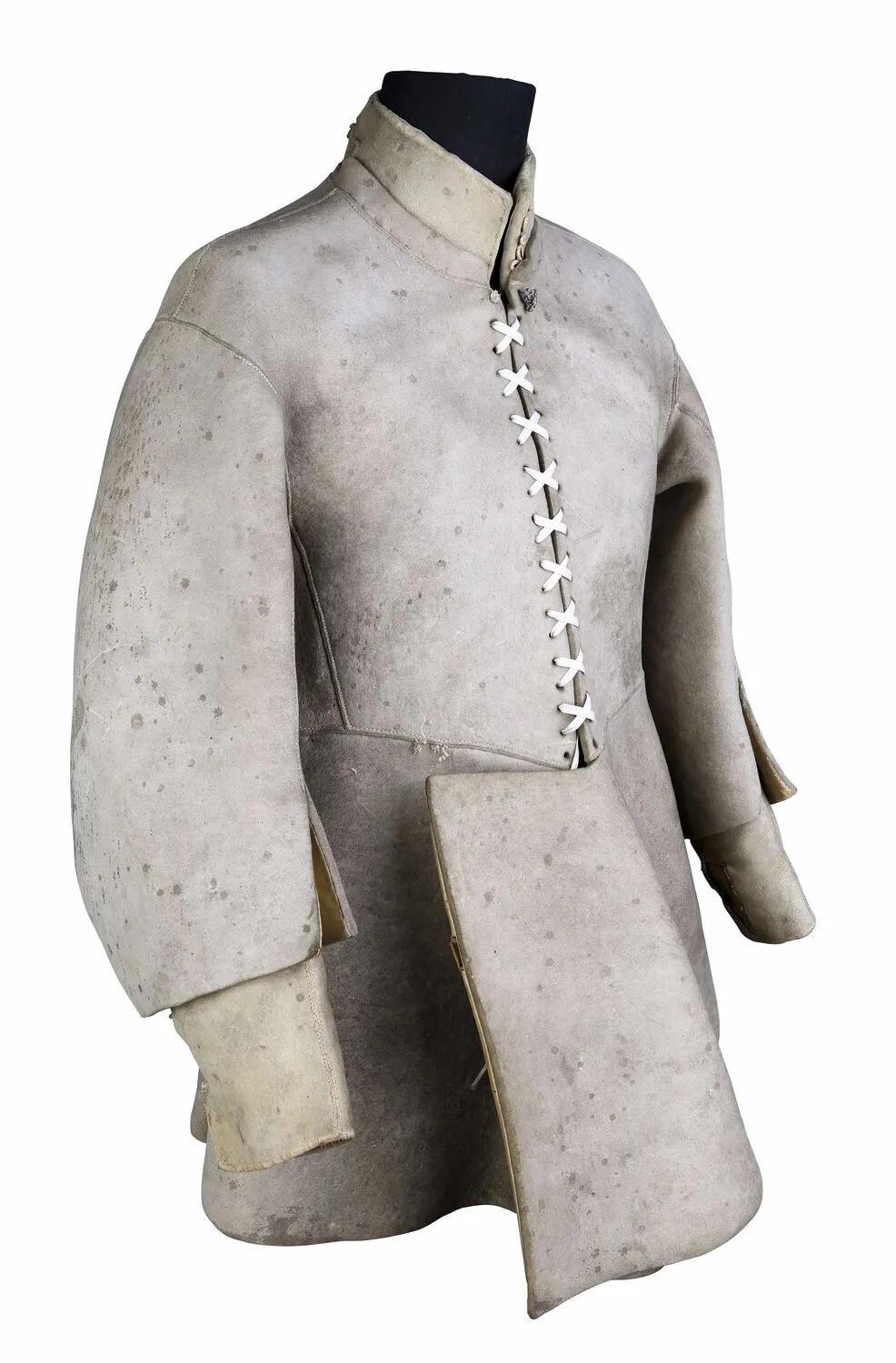A rebellion
Come midwinter, the ban met opposition. In East Anglia, London and Kent, apprentices gathered to decorate the streets, sing and dance. They played football and forced shops to shut out of respect for the holiness of the season. They were put down by the government troops. The riots escalated and in the spring civil war broke out again.
The Puritans won in the short term. King Charles was executed and his royalist supporters were defeated. Christmas was officially supressed. When the monarchy was restored in 1660 'old Christmas Day' was reinstated and the Christmas season was allowed to be freely celebrated. It has been celebrated - and commercialised, ever since.









Join the conversation
A very interesting and informative story